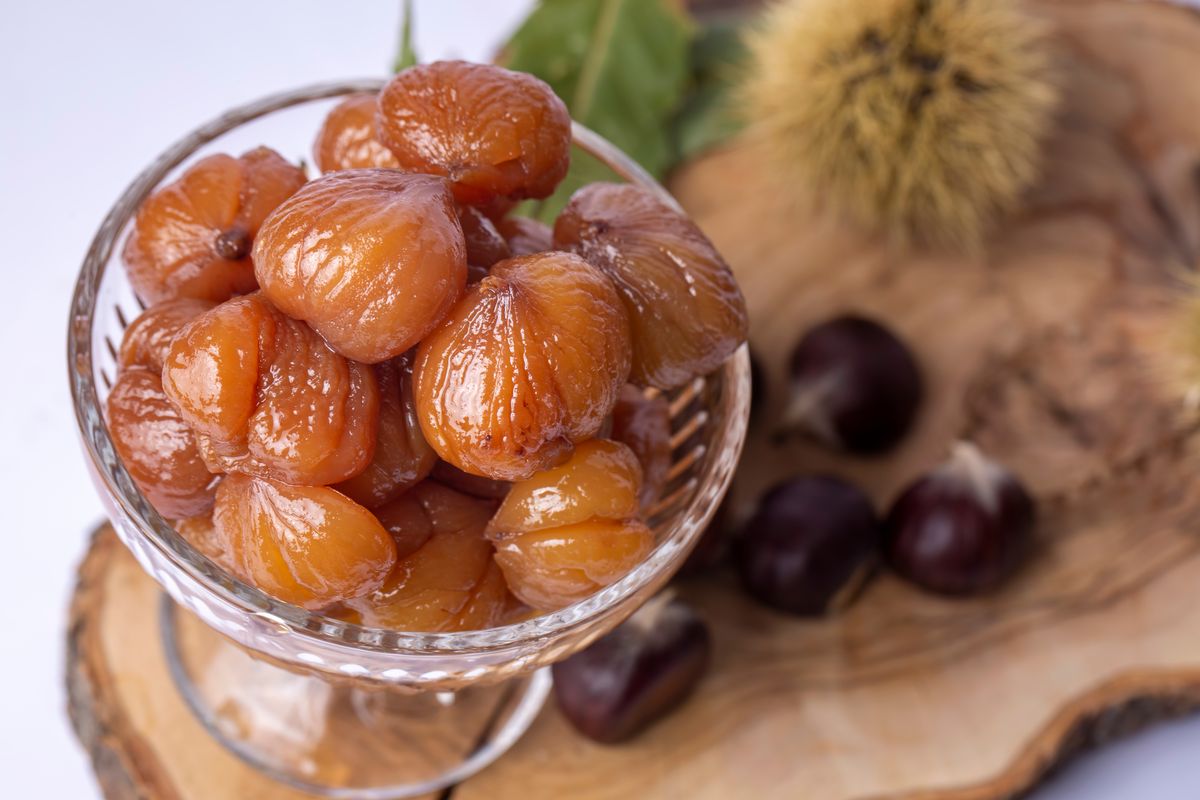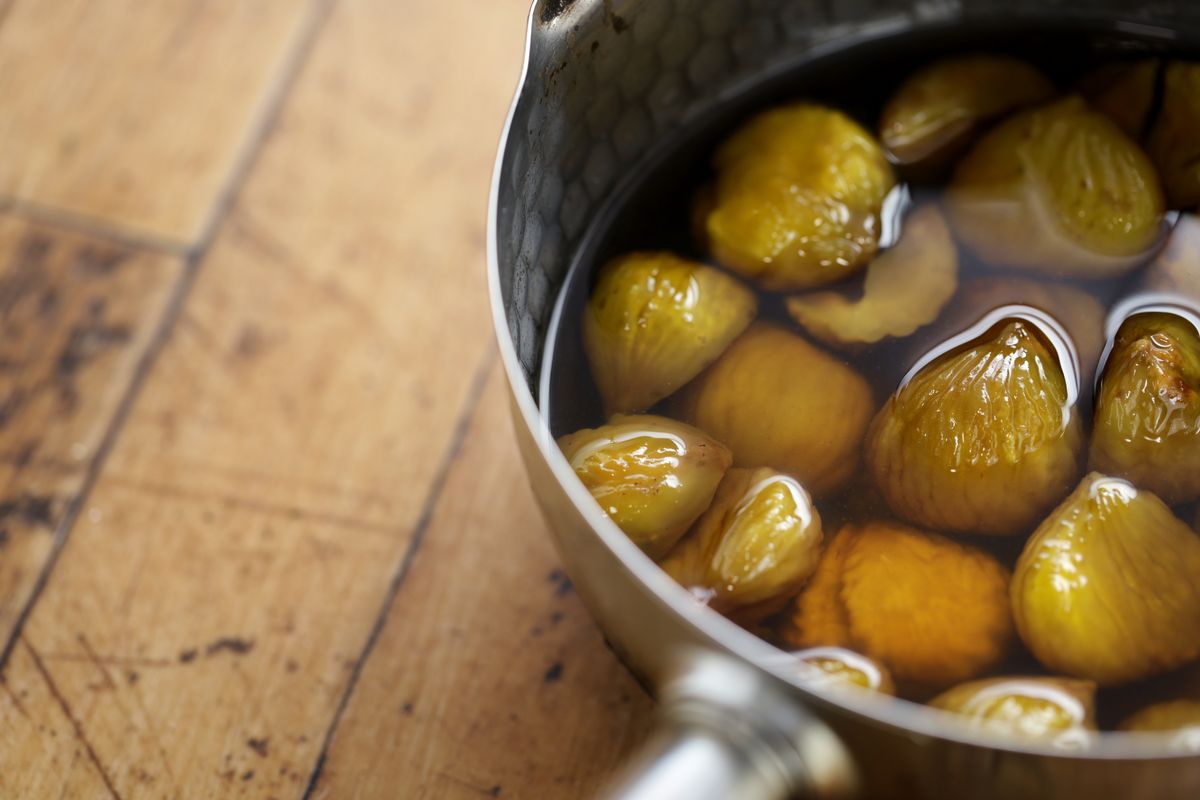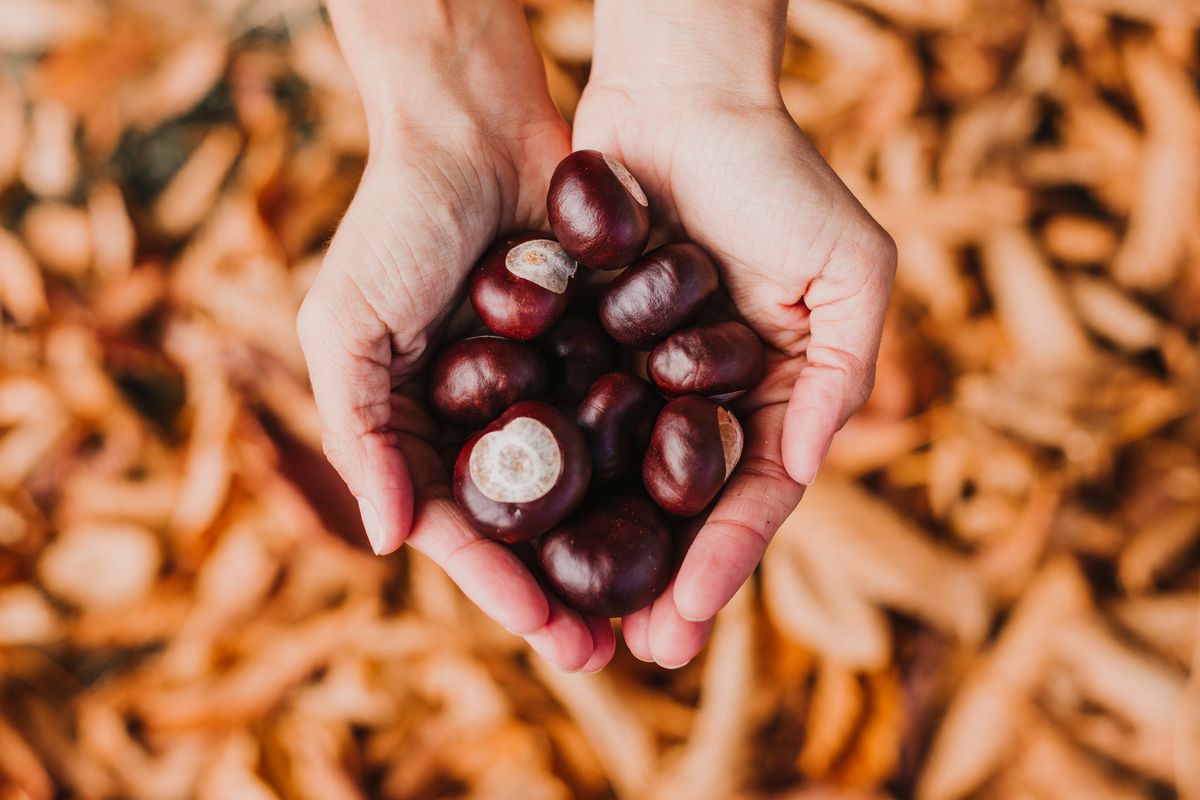Recipes
Marron glacé


Preparing marron glacé takes time but is not that difficult. Here are all the steps to prepare the glazed chestnuts.
It's impossible not to know marron glacé, or glazed chestnuts. This delight caught our attention at least once in the supermarket, leaving us perplexed at the price. Yes, because these delicious chestnuts soaked in sugar are prohibitively expensive, especially if they are quality. But do you know that you can prepare homemade marron glacé?
You will first have to get chestnuts which are different from chestnuts in taste and size (they are sweeter and larger). You will then need sugar , as it was easy to imagine, some vanilla and lots and lots of patience. The difficulty in this preparation is in fact moderate but the waiting times are long. In fact, it will take a week to obtain perfect glazed chestnuts. However, we can guarantee you that it will be worth it.

How to prepare the marron glacé recipe
- First, cut the shell and skin of the chestnuts with a small knife , without affecting the pulp. You will have to go around the fruit, almost dividing it into two halves.
- Then place them in a bowl and cover them with water. Let them rest overnight .
- The following day, bring a pan full of water to the boil and add the chestnuts a dozen at a time, leaving them to cook for 2 minutes .
- Drain them and as soon as they are lukewarm, peel them perfectly. They should be blanched a few at a time because if they get too cold you won't be able to remove all the skin perfectly even though the chestnuts have a less wrinkled surface than the classic chestnuts.
- Now boil them in boiling water for 12 minutes or steam them for 10 minutes. They are ready when they are tender when pierced with a needle or toothpick.
- Prepare the syrup by dissolving the sugar in the water and letting everything boil for 5-10 minutes.
- Transfer the chestnuts to a low, wide pan and cover them with the syrup. Also add the vanilla bean cut in half lengthwise.
- Place on the heat, bring to the boil and leave for 1 minute then turn off and leave to rest for 24 hours . The following day repeat the boiling and cooling operations. In total you will have to do this 5 times .
- Then transfer them to a baking tray lined with baking paper and cook them at 120°C for 10 minutes , just long enough for them to dry.
After this long wait, the marron glacés are ready to be enjoyed. However, if you want to make them shinier then prepare a glaze by dissolving 2 tablespoons of icing sugar in 1 tablespoon of syrup (the one used in cooking) and brush them with a pastry brush.
Another way to preserve this typically autumnal fruit is to prepare caramelized chestnuts or chestnuts in syrup : they are certainly simpler and quicker to make but still excellent.
Conservation
The marron glacé can be kept for a week in the refrigerator , placed in classic paper cases. Alternatively, you can extend their conservation for up to 5-6 months by placing them in a sterilized glass jar covered in their syrup. For greater safety, boil them for 20 minutes starting with cold water and leaving them to cool in the water.
History and origin of marron glacé
The first written trace , complete with recipe, is contained in the treatise " The Piedmontese confectioner who teaches the way of confectioning fruit in different ways, making biscuits, marzipans, canestrelli, brandy, sorbets and many other things belonging to this art" published in Turin in 1790.
But there are two states competing for the paternity of this dessert: France and Italy . In fact, it is not very clear where and when he was born. According to some, it was born in the 16th century in the Cuneo area , still today the homeland par excellence of chestnuts exported throughout Europe and bearing the PGI mark. Following the trend of Italian paternity, they were made for the first time by a chef from the court of the Duke of Savoy Carlo Emanuele I.
The second accredited hypothesis is that it was Francois Pierre La Varenne, a Lyonnais chef expert in nouvelle cuisine , who created these sugary nuggets in the 16th century. In both cases it was only thanks to the increase in the availability of sugar that it was possible to make marron glacé.
Riproduzione riservata © - WT












